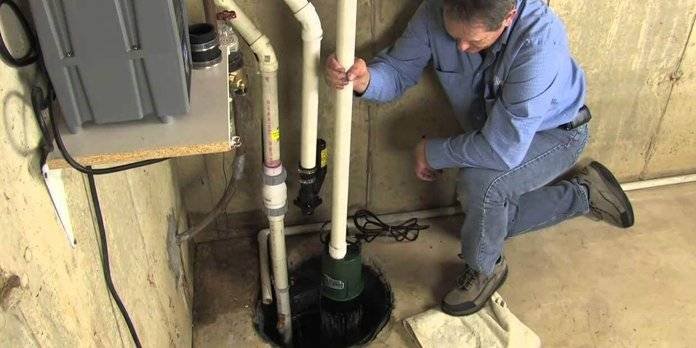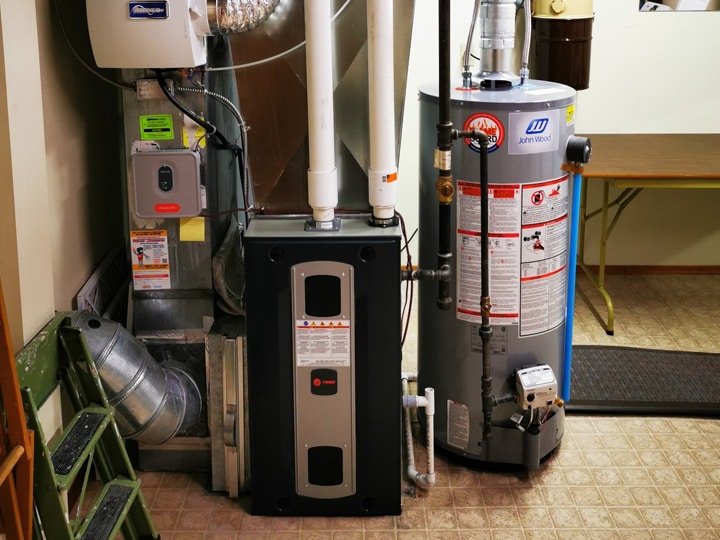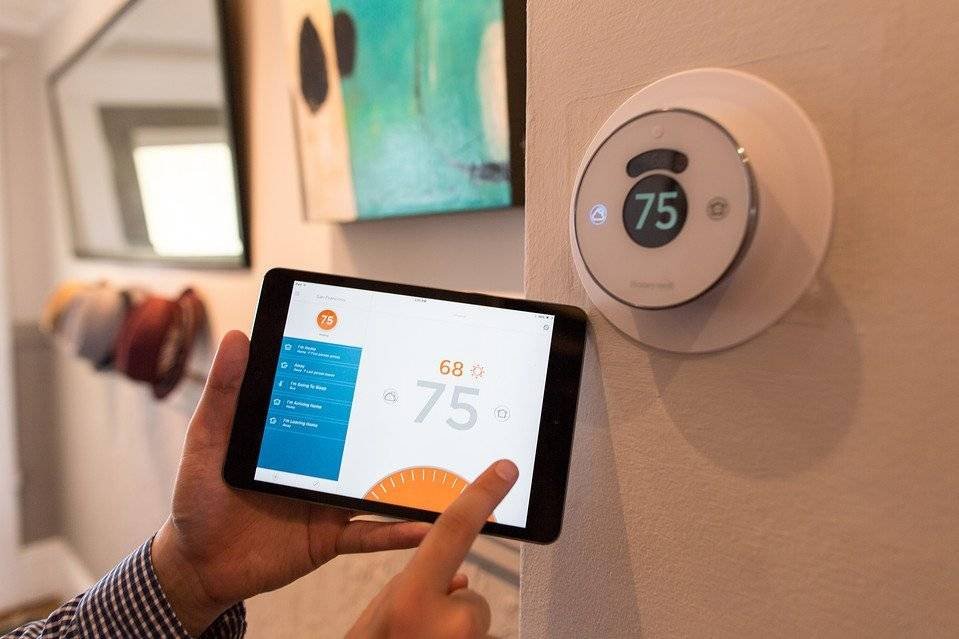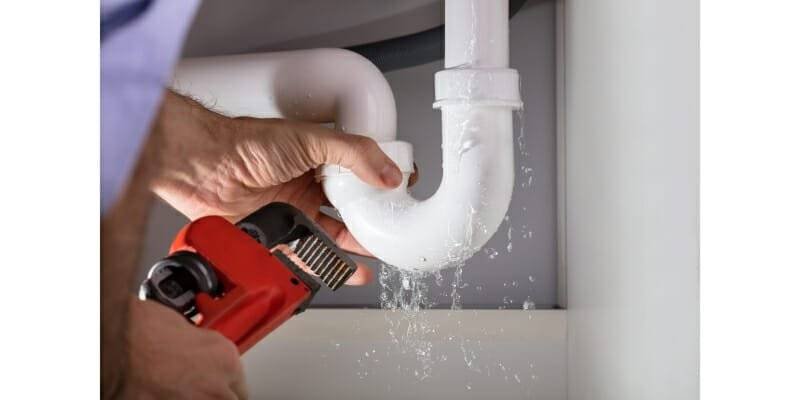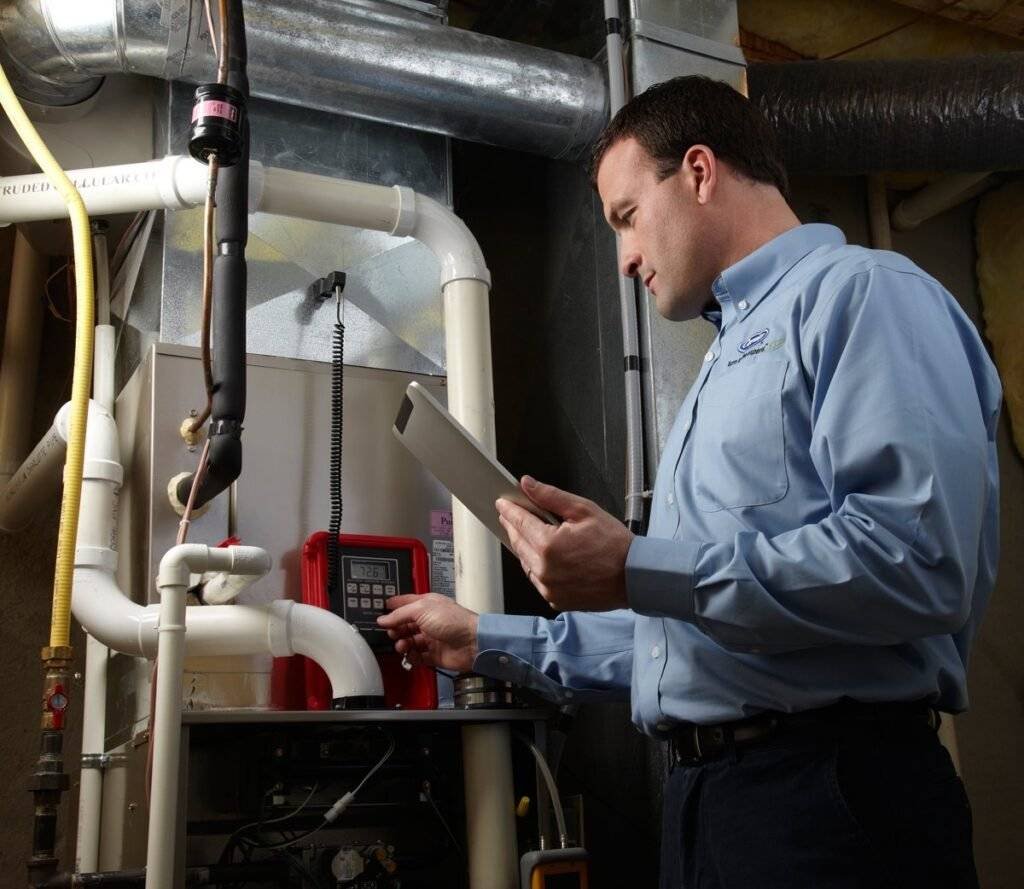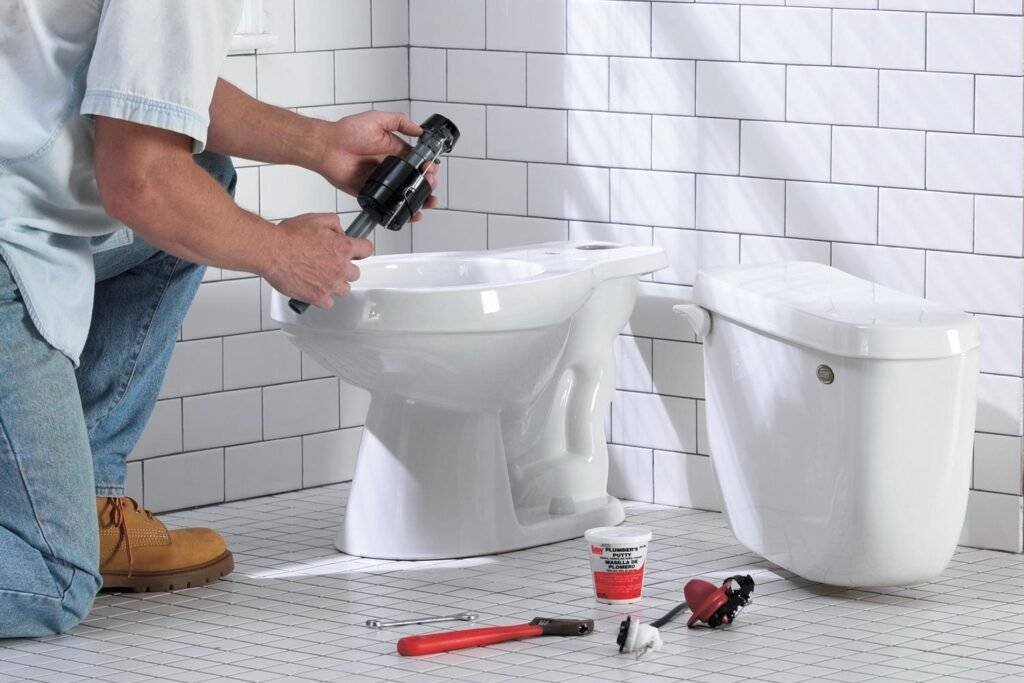Emergency Plumbing Fort Saskatchewan | One-Stop Plumbing and Heating Services
Emergency Plumbing in Fort Saskatchewan distinguishes itself with its always-available service, extensive expertise, steadfast commitment to quality, transparent rates, diverse service portfolio, engagement in local community activities, quick service shipment, and an unwavering focus on making sure client fulfillment. These characteristics place Emergency Plumbing as a trusted and respected provider for all plumbing and heating demands in Fort Saskatchewan.
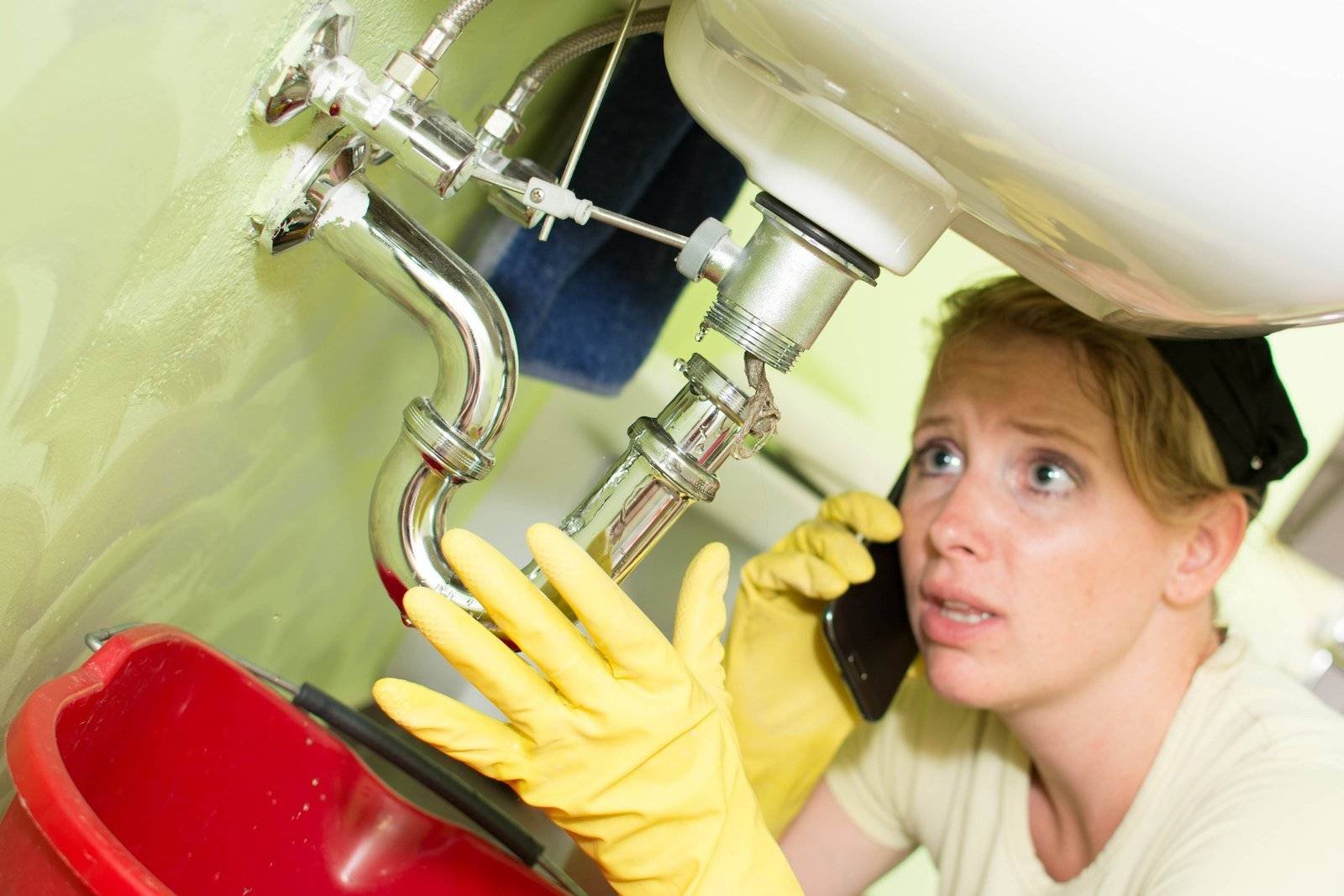
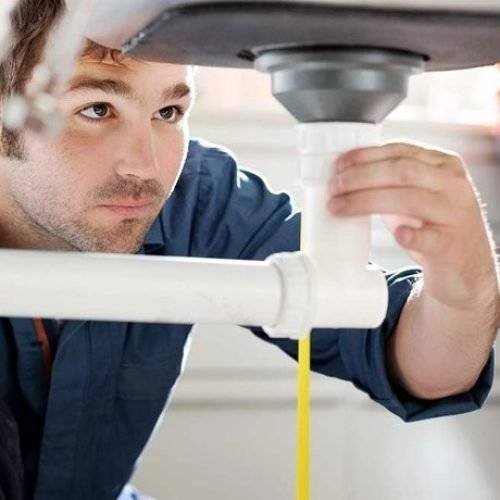
Who Are We?
A Team of Residential Full-Service Pipes and Heating System Technicians
Emergency Plumbing is the premier option for homeowners in Fort Saskatchewan dealing with plumbing emergencies. Key elements construct a solid foundation of trust with Fort Saskatchewan’s locals. At the leading edge, Emergency Plumbing prides itself on its group of skillfully trained and licensed plumbing professionals who are always ready to quickly deal with any emergency situation, from leaking pipelines to clogged drains. Their devotion to trigger action and efficient solutions stands out.
Transparency in rates is another trademark, with a commitment to clear rates without concealed fees. Emergency Plumbing’s reputation for excellence is backed by glowing testimonials from satisfied customers, strengthening their promise to client fulfillment. Equipped with extensive experience, cutting-edge technology, and a track record of reliability, locals of Fort Saskatchewan can have comfort understanding that Emergency Plumbing is equipped to handle their plumbing and heating needs.
How can we help you?
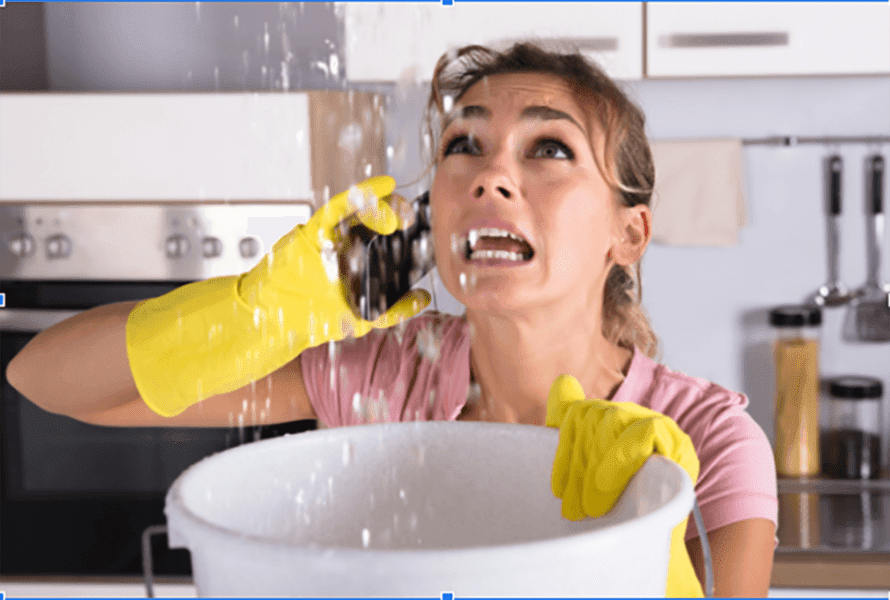
Strategy Guide for Pipes Emergency Situation Situations
Can you keep in mind a pipes emergency situation that turned a serene day into a hectic one? Pipes issues often look like unexpected twists in the script of our day-to-day presence – unforeseeable and sometimes disruptive. This manual is crafted to help you in understanding and addressing typical plumbing emergencies efficiently.
Understanding Water System Emergencies
What Constitutes an Emergency Scenario?
Not all plumbing concerns are emergencies yet, some absolutely need immediate attention. This is akin to comprehending the difference between a scratch and a deep cut– the latter requires immediate care.
Dealing with Ruptured Pipe Emergencies
Prompt Steps
A burst pipeline resembles a dam breach. To prevent flooding, rapidly shut off the primary water source.
Navigating the Issue
While you wait for skilled assistance, venture to limit the growth of water. This method is akin to employing sandbags in action to a flood– it’s an effective however provisionary solution.
How to Manage Major Water Leaks
Pinpointing the Basis
In the case of considerable leaks, determining the origin is essential. This resembles finding where the smoke is coming from in a fire, as it helps assess the level of the concern.
Immediate Resolutions
To control a leak before the plumbing gets here, start by turning off the water supply to stop the circulation. Position a bucket beneath the leak to gather dripping water and set towels to take in any overflow. For small leaks, briefly fix them with plumbing’s tape or epoxy. Guarantee the area remains dry to prevent additional damage and safety risks.
Spilling Over Toilets: An Usual Horror
Halt the Flow
If your toilet begins to overflow, the initial step is to shut down the water supply by turning the valve located behind the toilet. Then, tidy up any spilled water to prevent damage. Attempt to get rid of the clog with a plunger. Should that not work, using a pipes snake might be efficient. Guarantee you wear gloves for tidiness. Ought to the issue continue, it’s a good idea to get in touch with a professional plumbing. Do not forget to thoroughly sanitize the impacted area later on.
Plunger Power
Plungers work by forming a vacuum seal around drains pipes and applying pressure to push through obstructions. This simple and efficient device can quickly deal with typical obstructions in toilets, sinks, and showers, avoiding expensive plumbing repairs. Through a push-and-pull movement, plungers exert force on the obstruction, assisting in the repair of smooth water circulation.
Clogged Pipes & Blockages
Determining the Impediment
To identify the origin of a drain obstruction, start with an examination of typically used outlets such as sinks, toilets, and showers, searching for indications of slow draining pipes or back flow that recommend obstructions nearby. Shine a light into drain openings to spot any obvious obstructions. Focus on any gurgling sounds, as these may show deeper obstructions in the piping. Utilizing a plunger can assist determine the level of the clog. If the issue remains, making use of a drain snake or performing an electronic camera examination may be needed to discover and evaluate the obstruction.
DIY Solutions
A plunger develops pressure to dislodge small obstructions by forcing air or water through the drain. It works for loosening up obstructions near the surface area. Conversely, a pipes snake browses deeper into pipelines, physically breaking apart or taking out debris that triggers small obstructions, bring back regular water circulation.
When
to
Seek assistance from
a Pro.
Assessing the Gravity
House owners must rapidly reach out to a plumber when dealing with plumbing concerns beyond their skill level, consisting of considerable leaks, burst pipelines, sewage system backups, stubborn obstructions, and water heater breakdowns. Timely assistance from a professional plumbing can reduce extensive damage and ensure a safe and efficient resolution to the issue.
Discovering a Reliable Plumbing Expert
Choosing a credible and qualified plumbing for your home is essential. Their expertise guarantees accurate identification of concerns and efficient resolutions, avoiding costly repairs. Adhering to safety measures mitigates risks, securing your home. Dependence on specialists provides comfort, maintaining the reliability and efficiency of your plumbing infrastructure.
Protective Strategies
Consistent Checks and Maintenance
Routine evaluations of plumbing are essential for homeowners to prevent expensive repairs and water damage. Professional assessments identify hidden issues quickly, guaranteeing timely repairs and securing the home. Moreover, they optimize the efficiency of the plumbing system, resulting in extended cost savings on water usage and costs, and adding to a secure home.
Understand Your Pipes
Mastering the principles of the plumbing system allows homeowners to identify and fix little issues early on, minimizing costs on repairs. This understanding also fosters clear communication with professionals, warranties timely upkeep, and enhances water preservation, promoting a much safer and more eco-friendly home for the future.
Precautions for Safety
Water & Electricity: A Risky Combo
House owners must work out caution with electrical gadgets near water leaks to prevent shocks or fires. Given that water carries out electricity, the risk of electrocution or short circuits is increased. Swiftly addressing leaks and keeping electrical appliances clear of water diminishes hazards, making sure safety and safeguarding against home damage.
Utilizing Tools Securely
House owners engaging in DIY plumbing risk injury by mishandling tools. Inaccurate usage can cause cuts, punctures, or strains. Lack of experience may exacerbate plumbing issues, causing leaks or pipeline damage. Misuse of power tools can also lead to electrical shocks or mishaps. Adhering to safety procedures, using tools effectively, and wearing protective gear are important for lessening risks during DIY plumbing tasks.
In Summary
In summary, while dealing with plumbing challenges may appear frustrating, having the appropriate knowledge can considerably ease the process. Whether it’s determining issues, taking preliminary steps, or recognizing when to look for support, preparedness is essential. Consistent maintenance and an excellent understanding of your plumbing setup can dramatically lower the probability of such concerns. So, the next time you encounter a pipes hurdle, recall this overview and approach it with self-confidence. Stay calm, and remain vigilant regarding your plumbing — your house will certainly thanks for it!

Guide to Furnace Emergencies
When a heating system breaks down, specifically during the coldest months, it can rapidly change from a small inconvenience to a full-blown emergency situation, compromising your home’s comfort and safety. Managing heating system emergencies effectively requires timely action and a clear understanding of the issue. This post guides homeowners through the essential actions to manage heating system crises efficiently, from determining common concerns to expert troubleshooting strategies, ensuring your home remains warm and secure even in the face of unexpected heating challenges.
Acknowledging a Heating Crisis
Spotting the Indicators
Acknowledging the indications of a heating emergency situation in your residence can avoid considerable damage and ensure the safety and comfort of all residents. One of the most obvious indications is a total absence of heat, specifically during winter, which can rapidly end up being a vital concern. Uncommon sounds coming from the heating system, like banging, whining, or grinding, show mechanical issues that might intensify if not attended to. A consistent cold draft regardless of the heating being on, or uneven heating with cold spots in particular locations, also suggests system breakdowns.
The smell of gas or burning when the heating unit is running is an immediate safety risk that requires immediate attention to prevent potential fire hazards or gas poisoning. Additionally, regular biking of the heater– switching on and off regularly than usual– can be an indication of an ineffective system that may fail totally without timely repair work. In any of these scenarios, it’s important to get in touch with a professional immediately to prevent a full-blown heating emergency situation.
Realizing the Importance of Immediate Reaction
If your heating system unexpectedly fails, a swift action is important to preserve the comfort and security of your home. This piece will guide you through the immediate actions to take upon identifying a heating system malfunction. From identifying the preliminary signs of problem to making notified decisions and understanding whom to reach out to for expert assistance, we aim to equip you with the understanding required to rapidly fix the concern. By doing so, we want to guarantee your home remains a cozy sanctuary, even in the depths of winter.
Typical Heating Emergencies
Faulty Furnace
It’s a definite emergency when your furnace stops working. It’s similar to your home’s heart stopping – immediate action is needed to restore warmth.
CO Emissions
A quiet yet dangerous hazard, carbon monoxide leaks are critical. If your CO detector sounds, it’s as urgent as a smoke alarm.
Natural Gas Leaks
Detecting a gas odour by your furnace is like detecting smoke – evacuate immediately and call for help.
Electrical Problems
Flashing lights or circuit breakers tripping when your heating system is running can indicate electrical problems. It’s like your home’s nervous system sending distress signals.
Steps to Follow in a Furnace Crisis
Safety #1
In case of suspicion of a gas leak or the presence of carbon monoxide, evacuate immediately. It’s like leaving during a fire drill – always put safety first.
Assess the Issue
Try to determine the issue without risking your safety. It’s like assessing a car problem before deciding whether to drive it to the garage or get it towed.
Request Professional Help
In the majority of situations, heating emergencies demand professional intervention. It’s like calling in a specialized mechanic rather than tinkering with your car’s engine yourself.
Precautionary Actions
Routine Maintenance
Consistently taking care of your heating system can avoid emergencies. It’s like regular car maintenance to avoid unexpected breakdowns.
Installing Sensors.
Ensure you have functional carbon monoxide and smoke detectors. These are your first line of defense, much like car seatbelts.
Managing the Cold Before Support Reaches You
Alternative Warmth Solutions
Use alternative heating methods safely like space heaters or fireplaces. It’s like having a spare tire – a short-term fix until you can fix the main issue.
Keep Warm
Dress in layers, employ blankets, and shut unused rooms to keep heat. It’s like dressing for a winter hike – planning ahead is key.
Safeguarding Your Pipes
In severe winter conditions, protect your pipes by letting faucets drip. It’s like keeping a slow trickle of water to stop pipes from freezing, comparable to keeping a car battery charged in cold weather.
Long-Term-Strategies
Upgrading Your Heating System
Reflect on upgrading to a more dependable and energy-efficient heating system. It’s like exchanging an old, unreliable car for a new, more reliable model.
Smart Thermostats
Setting up a smart thermostat can help avoid emergencies by alerting you to issues. It’s like having a smart home system that informs you to safety issues.
In situations where to DIY and When not To
Comprehending One’s Boundaries
It’s like knowing when a home repair is something you can handle or if it’s time to call a contractor.
Conclusion
In summary, managing heating emergencies effectively is all about identifying the signs, taking prompt action for safety, and seeking professionals when needed. Regular maintenance and being prepared can help prevent these emergencies. Remember, your home’s heating system is as crucial as any vital system in your life, like your car or your health – it requires attention, maintenance, and sometimes professional intervention. Stay cozy, stay safe, and don’t hesitate to seek help when you need it. Here’s to a comfortable and trouble-free winter in your home!
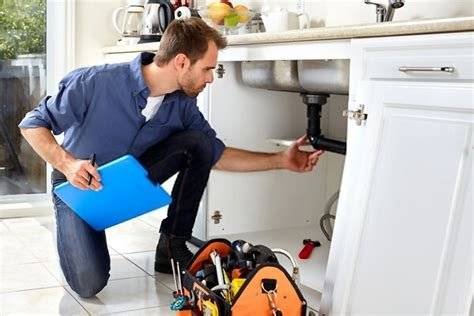
What ways Do You Avoid Emergency Plumbing Situations?
Have you ever been in a situation where you had a plumbing emergency, such as a major leak, and thought about how you could have avoided it? It’s a bit like wishing you had checked the weather before a sudden downpour. Dealing with plumbing emergencies can be quite troublesome, but with some proactive measures, many can be prevented. Let’s explore how you can keep those pipes flowing smoothly and avoid unexpected plumbing disasters.
Regular Maintenance: The Foundation to Prevention
Plan Regular Check-Ups.
Having a pipes expert routinely inspect your system is important for keeping its health and efficiency. These professionals can identify concealed issues such as leaks, obstructions, or wear and tear before they intensify into significant concerns, avoiding costly repairs and potential water damage. Routine evaluations also ensure that your plumbing fulfills present standards, operates effectively, and saves water, ultimately saving you cash and making sure the safety and comfort of your home environment.
Do-It-Yourself Check-Ups
For homeowners, standard plumbing checks are essential for keeping a functional and efficient system. Routinely inspecting for leaks in noticeable pipelines, making sure that all faucets are drip-free, and checking toilet flush systems can avoid significant concerns. Additionally, cleaning aerators on faucets to improve water circulation and screening water heater pressure relief valves are important. These basic tasks can assist identify issues early, potentially minimizing costly repairs and extending the life expectancy of your plumbing infrastructure.
Be Mindful of What Goes Down the Drain.
Within the Cooking Area
Being cautious about what decreases your kitchen area sink is important to keeping plumbing health. Avoid dealing with grease, coffee grounds, and food scraps in the sink as these can obstruct pipelines and lead to backups. Instead, use a garden compost bin for organic waste and wipe down oily pans before cleaning. Implementing strainers can also catch debris, avoiding obstructions. Taking these preventative measures preserves your plumbing and reduces the requirement for costly repairs.
Within the Bathroom
Recognizing what you flush down your toilet is essential to prevent obstructions and preserve plumbing health. Toilets are created mainly for human waste and toilet tissue. Flushing anything else, consisting of “flushable” wipes, feminine hygiene items, cotton balls, floss, and paper towels, can lead to obstructions and expensive plumbing repairs. These items do not break down like toilet tissue and can collect in the plumbing system, causing backups and damage. Informing all home members about what must and should not be flushed is important. By adhering to these guidelines, you can keep your plumbing working effectively and prevent unnecessary complications.
Keep an eye out for Signs of Warning.
Blocked Drains.
A drain that is draining pipes gradually often signals underlying plumbing concerns that need attention. Indication include water pooling around the drain, gurgling noises as water struggles to travel through, and undesirable odours originating from the drain. These signs recommend obstructions or buildup within the pipelines, such as built up hair, soap residue, or food debris. Regular requirement for plunging or the use of chemical cleaners can also show a problem. Attending to these indications early by checking traps for debris, using a plumber’s snake, or speaking with an expert can avoid more extreme obstructions and potential water damage from backflow.
Unusual Noises or Odours.
Strange gurgling or strange smells can signal a problem in your plumbing system. It’s similar to hearing a rattle in your car or sensing a strange odor – symptoms not to be ignored.
Be aware of Your Primary water shut-off.
Location and Operation
In case of a significant water leak, be aware of where your main water shut-off valve is and how to operate it. It’s like understanding how to handle a fire extinguisher – essential in an emergency.
Protect Your Pipes.
Preventing Pipes from Freezing.
In colder climates, pipe insulation is as important as car winterization. It can prevent them from freezing and breaking.
Refrain from using Chemical Drain Cleaners.
The Bitter Reality
Chemical drain cleaners can harm pipelines due to their corrosive nature. These cleaners often include severe chemicals like sulfuric acid or sodium hydroxide, which can erode the inner lining of pipelines, specifically if they’re older or made of plastic or metal. Regular usage increases the risk of leaks and damages.
Be Careful with DIY Repairs
Know Your Boundaries.
DIY plumbing repairs can be affordable and immediately deal with basic concerns. However, expert plumbings use skilled solutions, guaranteeing safety and compliance with local codes, which is important for intricate installations and repairs that go beyond standard repairs.
Investing in Enhancements
Contemporary Fixtures
Replacing old components with more efficient ones can avoid regular breakdowns, lower water usage, lower utility expenses, and improve overall system dependability. Modern components also often include enhanced sturdiness and environmentally friendly styles.
Educate Each Person in the Home.
Sharing Wisdom
Make certain all home members understands the essentials of plumbing care, like not flushing particular items. It‘s like educating everybody in the family standard cars and truck care pointers.
Wrap-Up
In summary, avoiding emergency situation plumbing issues is everything about routine maintenance, being aware of your routines, and discovering warning signs. Just as you take actions to preserve your cars and truck or your health, taking care of your plumbing system can save you from the stress and expense of emergencies. Keep in mind, a bit of prevention can go a long way in keeping your plumbing system healthy. Stay vigilant, and those pipelines must benefit you well for many years to come!
What are the Warning Signs of an Looming Plumbing Problem?
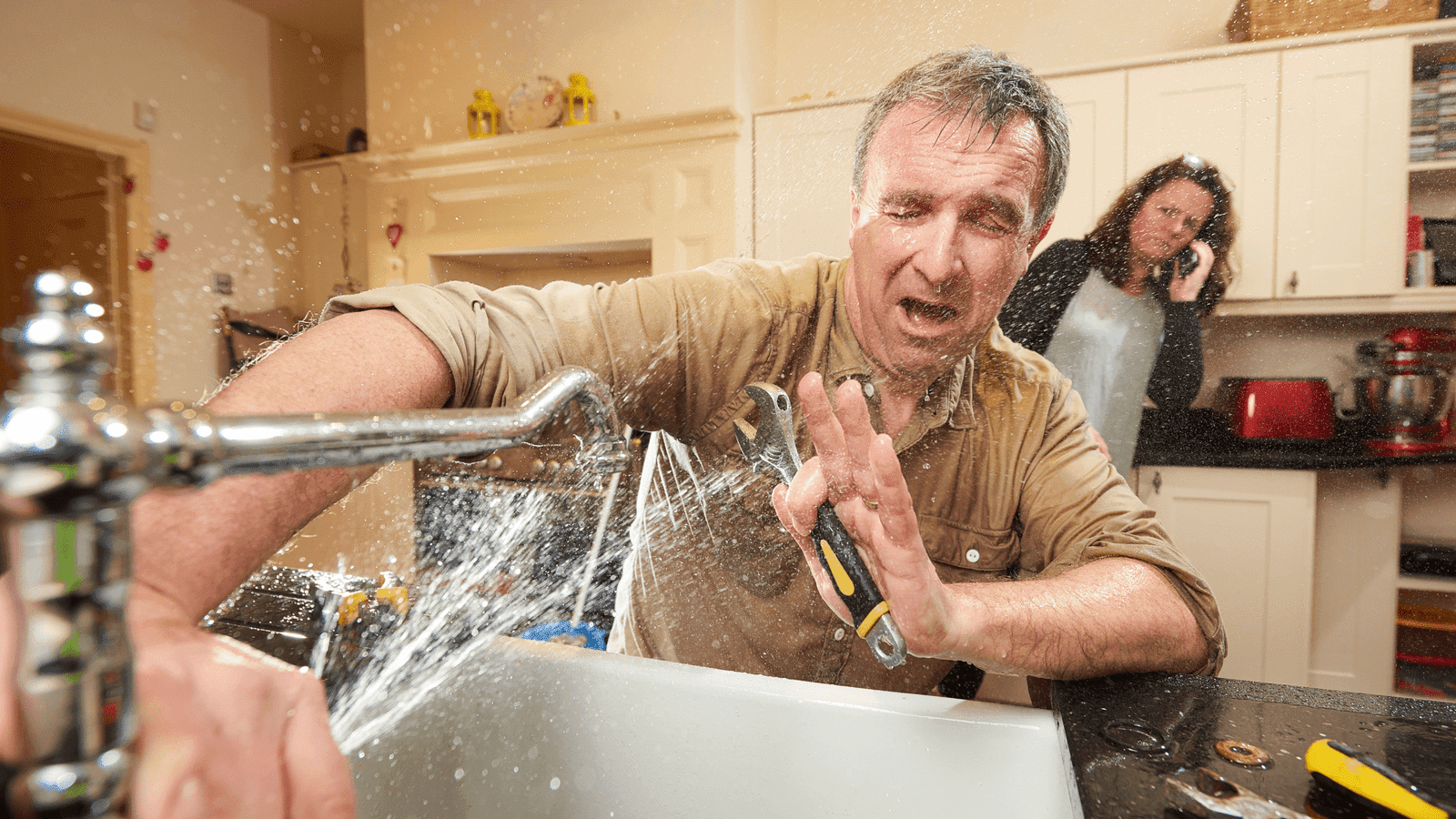 Introduction
Introduction
Ever had that gut feeling when something’s not quite right with your plumbing? Just like the uncertain check engine light in your car, your home’s plumbing system has its ways of indicating distress signals. Identifying these early warning signs can prevent a plumbing disaster. Let’s examine these indicative signs.
1. Slow Draining Sinks and Tubs
Slow Draining Sinks and Tubs
When water takes forever to drain, it’s like a congestion in your pipes. Blocked drains often suggest a blockage, which can escalate into a major clog if not addressed.
2. Bubbling Noises from Pipes
A Plumbing Symphony
Gurgling sounds from your drains or toilet can be as alarming as strange noises from your car’s engine. This usually indicates trapped air in the pipes, signaling an obstruction.
3. Unpleasant Scents
An Foul-smelling Situation
Unpleasant odours emanating from your drains are like an alert – a sign that something’s not right. This could be due to trapped debris breaking down in your pipes.
4. Water Flow Problems
A Stream Influence
Low water pressure can be incredibly frustrating, turning basic tasks like bathing, cleaning meals, or watering the garden into extended, ineffective tasks. It can also signal underlying plumbing concerns, potentially causing higher utility expenses and the requirement for costly repairs if not attended to promptly.
5. Cloudy H2O
Undesired Colors in Your Water
Finding yellow water streaming from your taps is worrying. This discoloration often symbolizes sediment or rust buildup in the pipelines, compromising water quality. Causes vary from aging infrastructure to mineral deposits. While typically not harmful, it’s a good idea to prevent using or drinking tarnished water until the concern is dealt with. Contact a plumber to inspect your plumbing system and think about setting up filters or replacing corroded pipelines for long-lasting water quality control.
6. Chronic Obstructions
A Perpetual Footwear Saga
If you’re repeatedly battling clogs, it is like continuously fixing the same issue on your car. Persistent clogs can signal a more complex issue in your pipes.
7. Wet Spots on Surfaces or Ceilings
Mysterious Dampness
Wet spots on walls and ceilings are often signs of water leaks. Consistent wetness can lead to mould growth, structural damage, and peeling paint. It’s important to investigate the source promptly and deal with the hidden concern to prevent further damage.
8. High Water Bills
The Costly Hint
High water bills can often show leaks, ineffective appliances, or excessive water usage. Routine checks and mindful usage can assist to manage and lower these expenses.
9. Leaking Toilets
A Continuous Flush
A continually running toilet is not just an annoyance however a quiet water waster. Each minute of constant circulation can squander gallons, causing inflated water bills and ecological strain. Often caused by a defective flapper or valve, it’s a fixable concern with basic repairs or replacements. Ignoring it not only impacts finances however also contributes to water scarcity. Tackling this issue promptly not only saves resources however also underscores accountable stewardship of our shared environment.
10. Clear Rusting on Pipes
Rusty Discoveries
Corrosion on pipelines manifests as noticeable rust or discoloration on the surface. It often begins as little patches however can spread out rapidly, compromising the integrity of the pipeline. Aspects such as wetness, chemicals, and ecological conditions accelerate this procedure. Routine examination and maintenance are important to prevent leaks, structural damage, and potential hazards related to corroded pipelines in industrial, commercial, and domestic settings.
Proactive Steps : Better Safe Than Sorry
Regular Plumbing Checks
Routine plumbing examinations are essential for protecting the integrity of your home and making sure the efficient operation of your plumbing system. These routine evaluations assist identify leaks, identify potential issues early, and avoid costly repairs down the line. By proactively addressing concerns, homeowners can reduce the risk of water damage and preserve a safe and comfy living environment. Purchasing routine plumbing examinations is a wise decision that promotes comfort and preserves the value of your home.
DIY Examinations
DIY plumbing assessments play an essential function in keeping a functional and efficient household. Routine evaluations enable homeowners to identify and deal with plumbing concerns early on, avoiding costly repairs and water damage. By performing basic tasks like looking for leaks, inspecting pipeline integrity, and monitoring water pressure, homeowners can identify potential issues before they intensify. Moreover, DIY assessments foster a sense of empowerment and self-reliance, enabling individuals to take proactive steps to protect their home’s infrastructure. Ultimately, investing time in DIY plumbing evaluations not only guarantees undisturbed access to clean water however also promotes a much safer and more sustainable living environment for the entire home.
Conclusion
In conclusion, keeping an eye out for these warning signs in your plumbing system can save you from the hassle and cost of significant repairs. Just as you wouldn’t ignore your car’s warning lights, it’s important not to neglect these signs in your plumbing. Early detection and intervention are key . Remember, when in doubt, calling a professional plumber can provide peace of mind and keep your plumbing in excellent condition. Be vigilant, be proactive, and maintain smooth running pipes!
Have a Plumbing Emergency in Fort Saskatchewan?
Choosing Emergency Plumbing for your plumbing concerns means selecting reputable, quick service. Our group of skilled professionals can handle a large range of heating & plumbing emergencies, making sure timely and useful solutions. We prioritize your safety and comfort, using 24-hour accessibility to deal with immediate needs. Our commitment to quality workmanship and client fulfillment sets us apart, making us a relied on option for solving your heating & plumbing issues effectively. With Emergency Plumbing, you remain in capable hands.

Our Work

